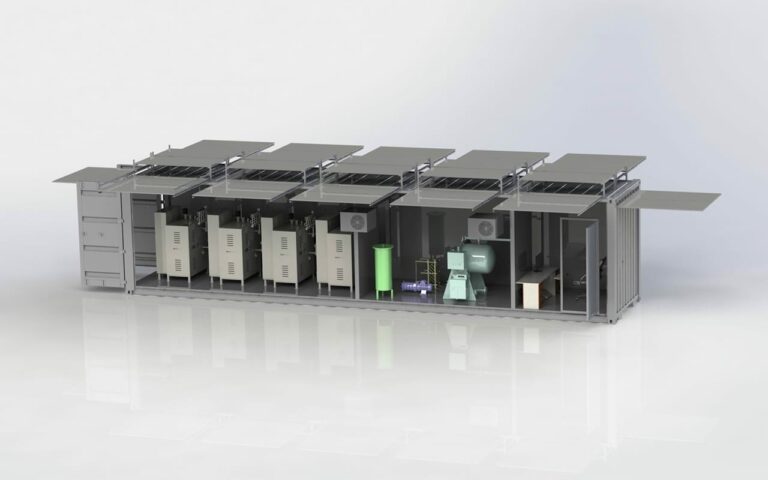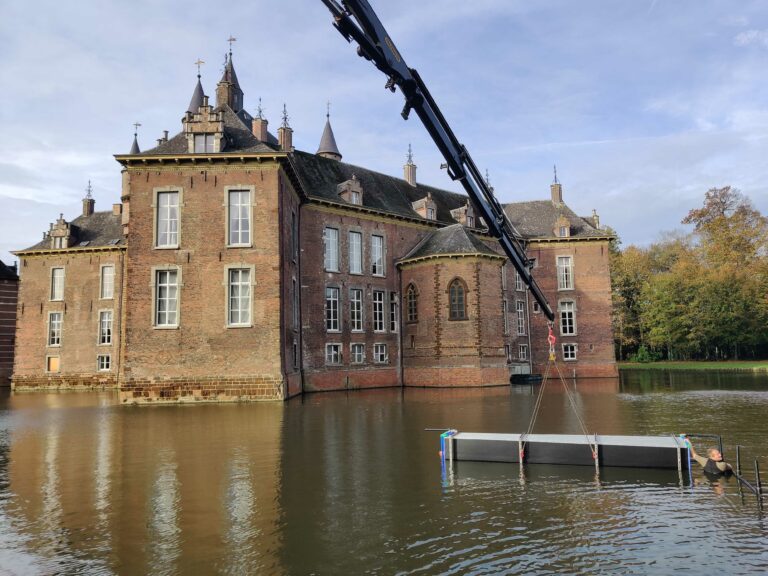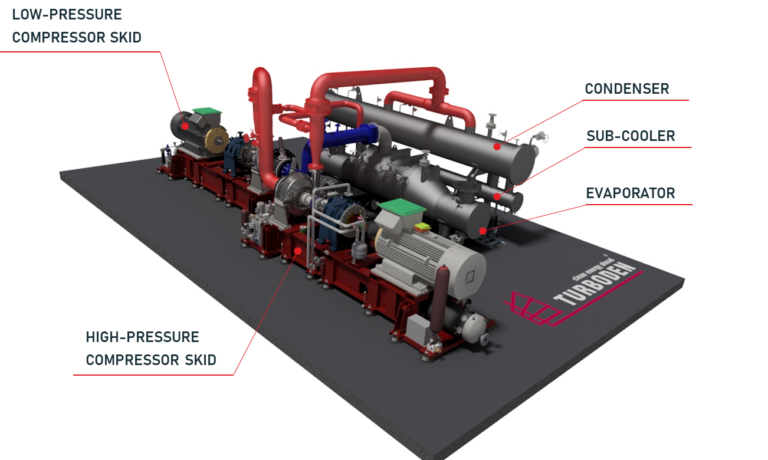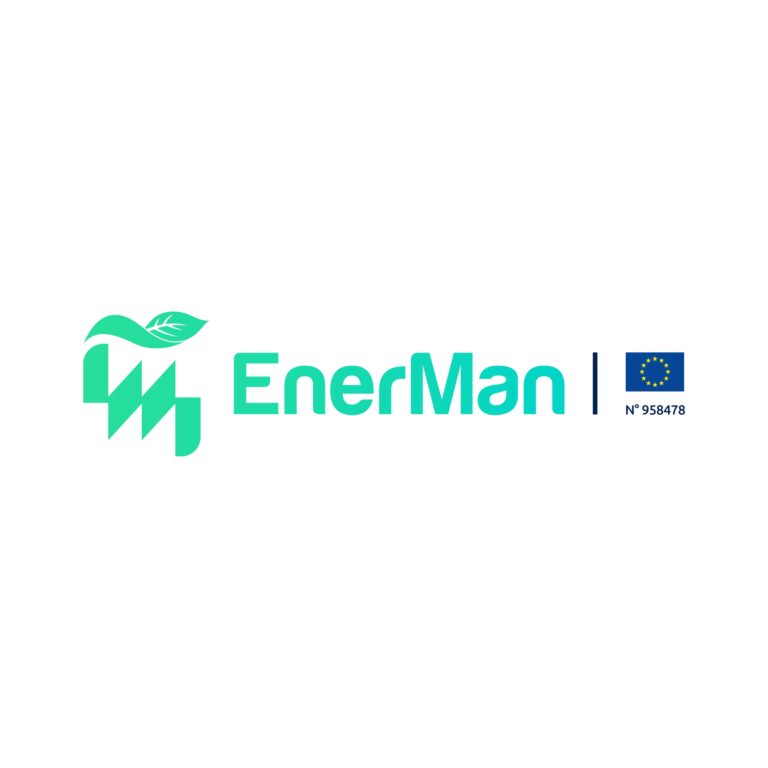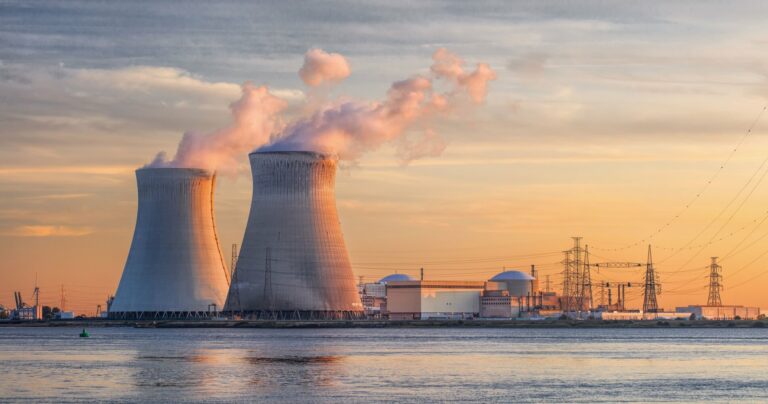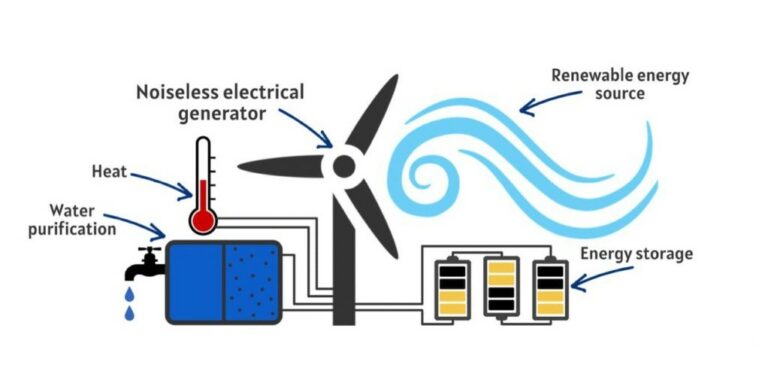Planck Technologies – Enabling the Energy Transition through Advanced Materials
The central question of the energy transition is: How can we reduce our carbon footprint while staying economically on top?
Combatting carbon emissions can be approached in two main ways. One method involves using carbon capture technologies to extract already emitted CO2. Capturing CO2 can be done both from point source and air. Air capture is challenging due to the diluted nature of CO2 in the atmosphere. Moreover, many of these technologies are still in the early stages of development and are not yet cost-effective.
The second approach focuses on renewable energy sources, like solar and wind power. A major challenge with renewable energy is the mismatch between energy supply and demand. This discrepancy highlights the growing need for effective and environmentally friendly energy storage solutions. The search for new materials for energy storage has been ongoing for decades, and the advent of AI offers innovative tools to aid in this quest. We need to find the right materials to commercialize. Many patented materials are not being used because there’s no obvious connection between the research on these materials and their practical use in industry and larger systems.
Today, we are talking to Dr. Maryam Ghadran, a co-founder of the Norwegian Startup, Planck Technologies. They are developing new energy storage solutions to support the green transition.
Before Founding Planck, you did Carbon Capture for Some Time. Why did you Change?
Yes, in my previous position in Equinor, I worked with Carbon Capture (CC). Around 2018, I was in the innovation department, where I was responsible for building new projects from technological ideas that were pitched to our group. I worked on a technology mapping project for a family of advanced materials (Metal Organic Frameworks), and of all the applications we worked on in Equinor, the closest to realization was Carbon Capture. We found a consortium working on this, and then we joined them.
Even before Equinor, I have primarily focussed on was energy optimality, and one use case was Carbon Capture, where I showed a 10% energy optimization potential. My Ph.D. topic was on How can we systematically design a control structure to help the systems and processes be economically optimal.
I have also been responsible in a technology strategy work for the direct air capture techniques.
I really think CO2 capture is necessary. However, carbon removal is a narrow subset of solutions. There are a lot to be done to support and enable green transition. That’s why we started Planck Technology.
What are the Challenges of the Field?
There is a gap between science and application – a huge gap. There are a lot of material patents in Europe, which are actually unused. I think there is too much focus on the chemistry performance, and the practical aspects of commercializing materials were not taken into account. When I was in Equinor, I supported corporate ventures with evaluation of some startups. I could see that the materials companies were mostly not linking the materials they presented to a specific problem – they were pitching the properties of materials that would work in any application.
Here, we have the ambition to link the science to the application. At Planck, we won’t start from the solution, but from the problem and then see how we translate the system-level requirements to material properties. Only then are we looking for materials that are a good match.
What is Your Product?
We look into both short- and long-duration energy storage. Our products will be the integrated material and systems design. At Planck Technologies, we have developed a tool which is around finding a better solution for gas storage. Our plan is to do the experimental testing through partnership.
We use machine learning and computational chemistry to get to new materials. Then, we are ensuring that they pass the system compatibility and sustainability tests. As I said, we translate the requirements into the material space. In practice, we use existing databases as much as possible since it decreases the computational effort. Depending on the specific application, type of material, or desired property, it might be a different database.
We have developed our tool for a gas storage use case (Hydrogen), and want to extend it to other use-cases.
Are You Applying for Funding Right Now?
Yes, we have applied for various grants and public funding. Now we are waiting for the result. Also, we are talking to investors. We participated in a conference, so investors have approached us, which is good.
How does it Feel to Start the Process from Zero?
It is very different from my previous experiences in academia and business. Yet now, I can see many other parts of my life linking together: Having worked with grant applications in university many years ago, then having worked in industry and learned the business language and how to do things systematically. It is to try to combine all the pieces to make a business that is both meaningful and has a long-term impact.
We are a deep-tech and green energy company and are here at the right time. There is much to be done at the system levels, system optimization, and materials involved, so we are happy. We are very problem-oriented and follow a systematic approach, which could make us a favorite option for deeptech investors. All in all, we look very positively into the future.
Of course, the start is always tricky: We are learning a lot about the funding and VCs. There are a lot of opportunities and partnerships on the horizon. These days are hectic for me: We had our last meeting at 8 PM yesterday. Being in a startup and keeping a work-life balance is difficult.
We are already thinking ahead to the next phase of our company. We aim to occupy a niche where we scale up the materials we investigated. We are not following a fixed strategy but instead using it as a dynamic tool to get back to it frequently and reevaluate how the market, the regulations, the stakeholders, and the competitors have moved.
How many People are You Right Now in the Startup?
At the moment, we are five, and we have four advisors. Furthermore, there are other collaborations in place. Our team has three with the technical background and two business developers. We have a good mix of academic, commercial, and industry backgrounds. It is a good mix, but we could be more. Currently, we are looking for one person in the management team who will support us with running the business, the operations, and the new applications.
What is Your Advice for Founding a Startup?
Experience is essential. I totally recommend exposure to many technology alternatives, and defenitely a bird-view on the matters. Learning from industry is essnetial in my point of view.
I really like my own background. A bit difficult in the beginning when I moved form academia to industry. But, after a while, I realized that it is good to learn the business language, and get insight from industry. When I applied my PhD topic for carbon capture plant in Equinor, it was the moment I used my experience to the fullest. What I enjoy the most and try to do right now is to link the science and application and systematize the world of materials.
Whom to Contact?
Are you feeling inspired by this exciting idea and eager to explore more? Reach out to Maryam for a delightful discussion, or simply visit Planck Technologies to learn more about their work.
If you want to join Planck’s team, please contact through the website or their LinkedIn page.

